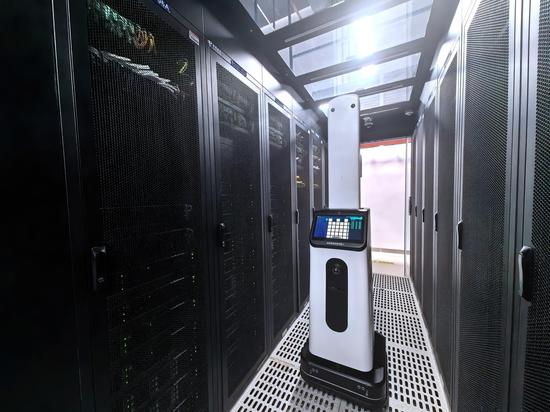Call me a cab
Despite a lack of clear business prospects so far, consulting firms are optimistic about the robotaxi sector in the long run.
China will be home to the largest fleet of robotaxis, according to BloombergNEF's Electric Vehicle Outlook, and there will be 12 million self-driving vehicles in the country by 2040, followed by the United States with around 7 million units.
Besides robotaxis, which are still in their infancy, Level 4 vehicles are already found at ports and mines, where safety requirements are less strict because there are a much smaller number of vehicles compared with urban roads.
Eacon, a Chinese startup specializing in transportation at mines, expects its fleet to reach 1,000 Level 4 trucks. Established in 2018, it has inked deals with five major open mines in the country.
Long-haul heavy transportation is another sector that Level 4 vehicles are expected to have a major impact on, as drivers' salaries are one of the largest expenditures for logistics companies, said industry experts.
Earlier this year, Pony.ai obtained the country's first cross-provincial demonstration permit for its self-driving heavy-duty trucks. The permit allows the company to conduct vehicle tests at speeds of up to 90 km on the Beijing and Tianjin sections of the Beijing-Tianjin-Tanggu expressway.
Before obtaining the permit, Pony.ai had tested vehicles in several other cities, with its accumulated tests reaching almost 4 million km.
However, there is still a long way to go, for both robotaxis and highly autonomous trucks, to become part of everyday life on China's roads.
Level 4 robotaxis are expected to become commercially available on a large scale by 2030, and fully autonomous trucking is expected to reach viability between 2028 and 2031, according to a McKinsey report.


















































 京公网安备 11010202009201号
京公网安备 11010202009201号